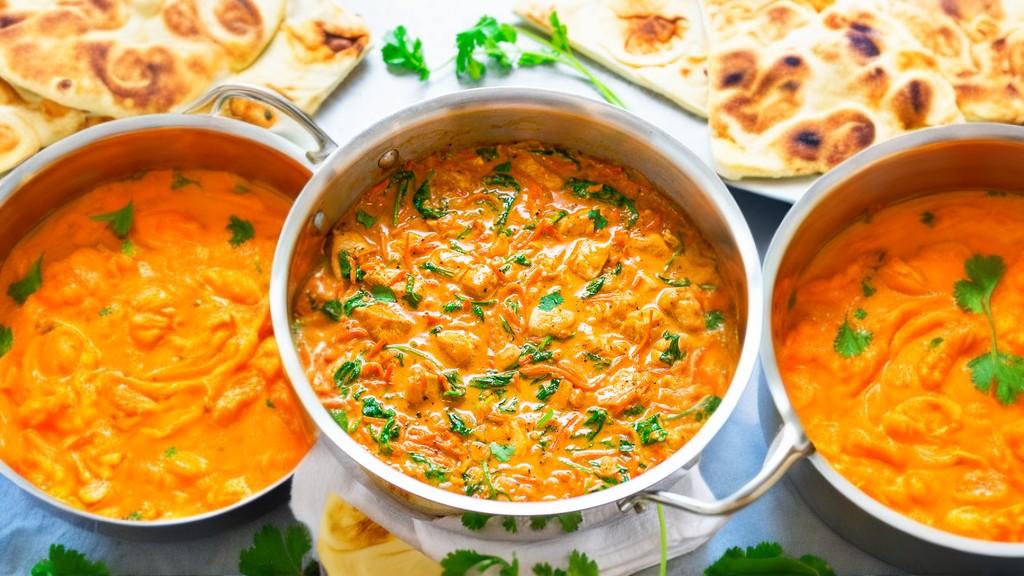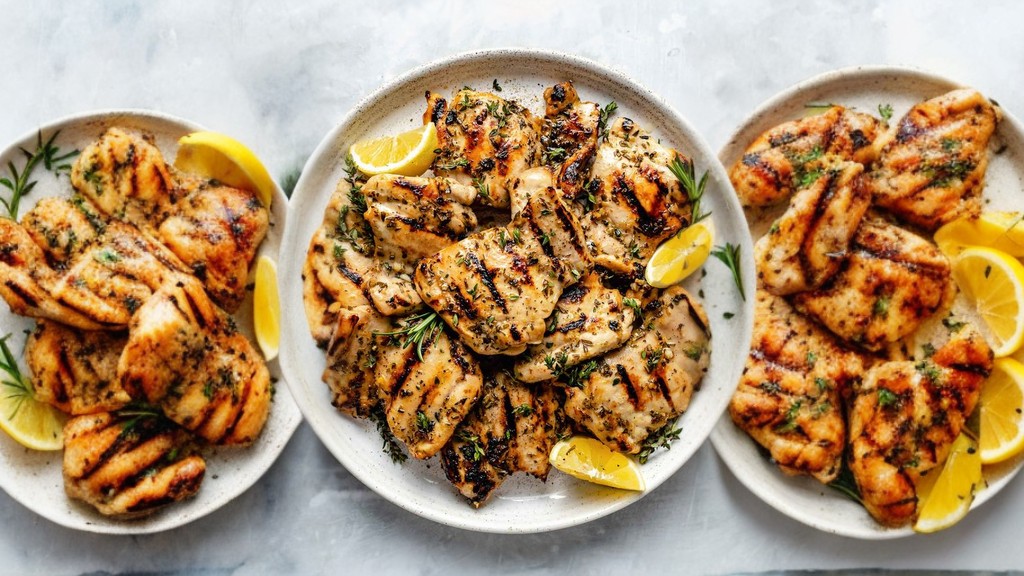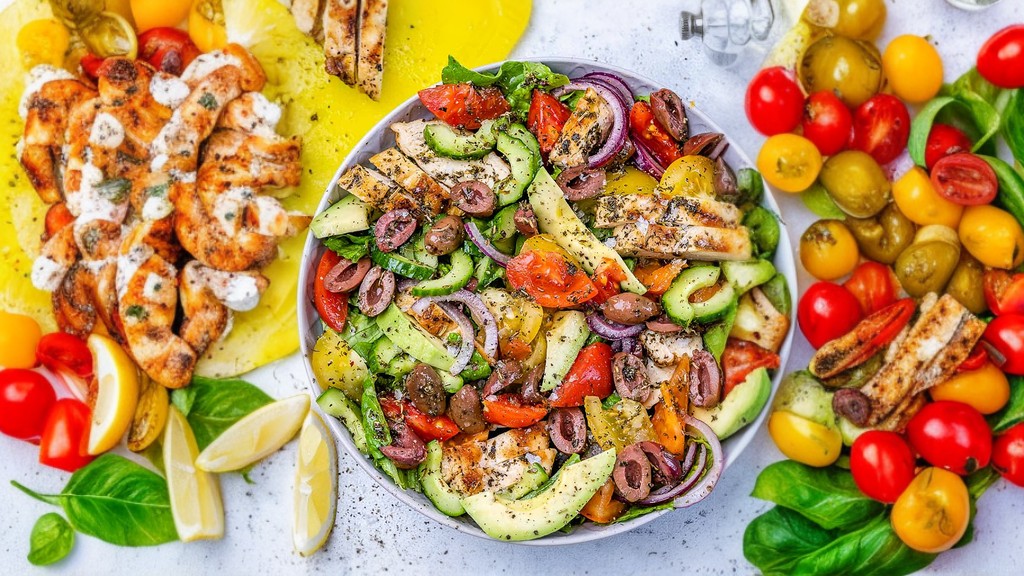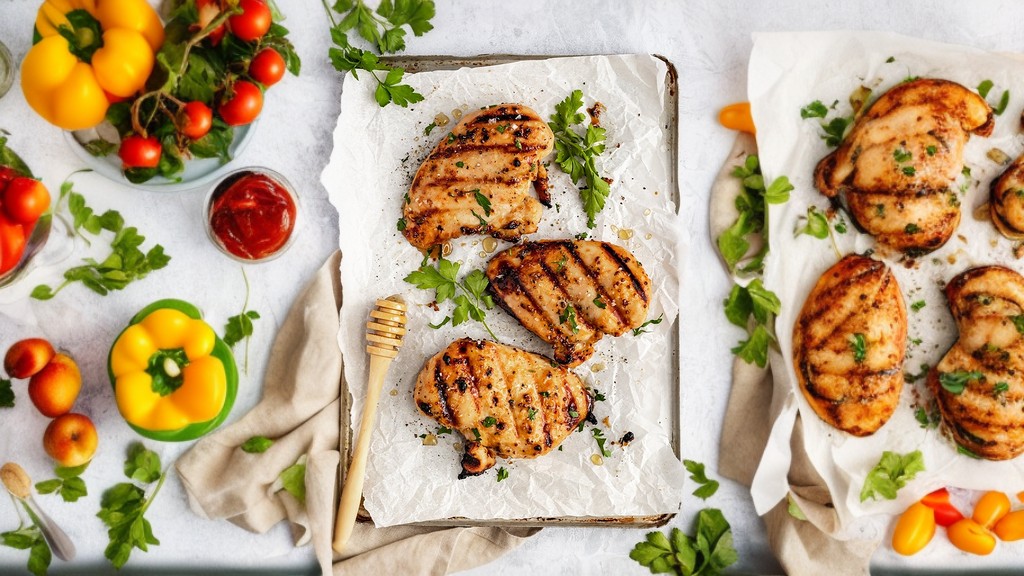Thai Coconut Curry Chicken – An EASY one-skillet curry that’s ready in 20 minutes and is layered with so many fabulous flavors!! Low-cal, low-carb, and HEALTHY but tastes like comfort food!!
Thai Coconut Curry Chicken In the realm of culinary delights, few dishes captivate the senses as thoroughly as Thai Coconut Curry Chicken. With its exquisite blend of flavors and a rich, creamy sauce
this dish has gained immense popularity not only in Thailand but also around the world. In this article, we will take you on a journey through the art of crafting this delectable Thai delicacy.
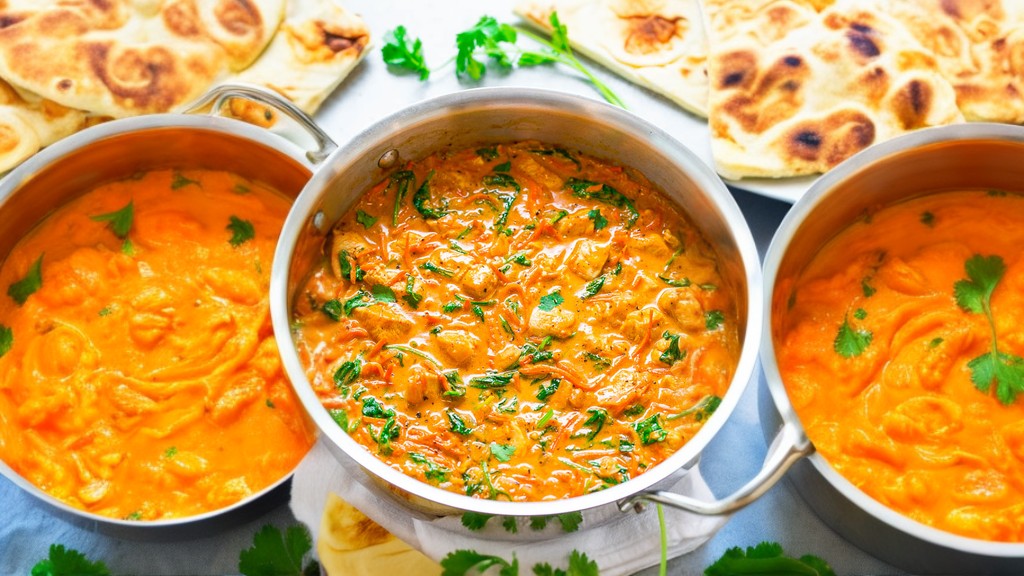
Thai Chicken Coconut Curry Ingredients
To make the red curry recipe, you’ll need:
- Coconut oil
- Sweet Vidalia onion
- Chicken breasts
- Garlic
- Ground or fresh ginger
- Ground coriander
- Canned coconut milk
- Shredded carrots
- Thai red curry paste
- Fresh spinach
- Lime juice
- Brown sugar
- Fresh cilantro
Can Curry Powder Be Used Instead of Curry Paste?
Thai red curry paste adds a richer and smoother flavor profile than curry powder (Indian) does, but if all you have is curry powder, go for it knowing that the flavor of Thai versus Indian curry products is vastly different and your dish won’t taste like mine.

The Origins of Thai Coconut Curry Chicken
A Taste of Thai Tradition
Thai Coconut Curry Chicken, known locally as “Gaeng Keow Wan Gai,” is a beloved Thai classic that hails from the central regions of Thailand. Its origins can be traced back to the Ayutthaya Kingdom, a historical period renowned for its culinary innovation.
The Harmony of Ingredients
Thai cuisine is celebrated for its harmonious blending of diverse ingredients. Thai Coconut Curry Chicken is no exception, featuring a symphony of flavors, including:
- Chicken: The star of the dish, chicken adds a hearty and protein-rich element.
- Coconut Milk: Creamy and indulgent, coconut milk forms the foundation of the dish.
- Green Curry Paste: A fragrant mix of green chilies, lemongrass, and galangal, this paste provides a spicy kick.
- Kaffir Lime Leaves: Offering a citrusy aroma, these leaves elevate the curry’s freshness.
- Thai Basil: Adding a hint of sweetness and depth of flavor, Thai basil is a crucial component.
- Fish Sauce and Palm Sugar: These two ingredients balance the dish with a perfect blend of salty and sweet.
Cooking Thai Coconut Curry Chicken
Preparing the Ingredients
Before we delve into the cooking process, let’s gather our ingredients:
- 500g of boneless chicken, sliced into bite-sized pieces.
- 400ml of coconut milk.
- 2 tablespoons of green curry paste.
- 4-5 kaffir lime leaves.
- A handful of Thai basil leaves.
- 2 tablespoons of fish sauce.
- 1 tablespoon of palm sugar.
- 2 tablespoons of vegetable oil.
Step-by-Step Cooking
1. Sauté the Curry Paste
Start by heating vegetable oil in a pan over medium heat. Add the green curry paste and sauté until it becomes fragrant. This step releases the full spectrum of flavors locked within the paste.
2. Add Chicken
Next, add the sliced chicken pieces to the pan. Stir-fry until the chicken turns white and is cooked through.
3. Coconut Milk Magic
Pour in the coconut milk, stirring gently. Let the curry simmer for a few minutes to absorb the creamy richness of the coconut milk.
4. Seasoning with Fish Sauce and Palm Sugar
Enhance the flavor by adding fish sauce for a salty tang and palm sugar for sweetness. Adjust these to your taste preferences.
5. Fragrant Herbs
Tear the kaffir lime leaves and add them to the curry, along with Thai basil leaves. These aromatic herbs infuse the dish with their delightful fragrance.
Serving and Enjoyment
Once your Thai Coconut Curry Chicken is ready, serve it hot over steamed jasmine rice. The interplay of spicy, sweet, and savory flavors will tantalize your taste buds.
Thai Coconut Curry Chicken
Thai Coconut Curry Chicken is not just a dish; it’s a culinary masterpiece that represents the soul of Thai cuisine. Its intricate blend of ingredients and flavors is a testament to the rich tapestry of Thai culture and tradition. So, why not embark on this delightful culinary adventure in your own kitchen?

